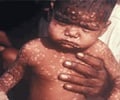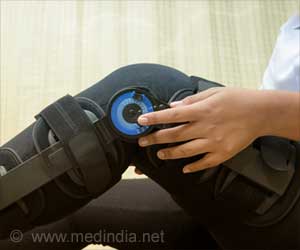Visual problems that cannot be corrected are linked to an increased risk of death in older adults, finds a new study.
Visual problems that cannot be corrected are linked to an increased risk of death in older adults, finds a new study.
Visual impairment has been linked to a higher risk of death as well as factors that may lead to increased death such as unintentional injury, depression, lower body mass index (BMI), reduced walking speeds, increased risk of falls, self-reported difficulty in physical activity, cardiovascular disease, dementia and cancer, according to background information in the article."Correction for these 'confounders' has been found to attenuate the association between visual impairment and mortality, but the mechanisms behind the association between visual impairment and mortality remain to be determined," the authors said.
Michael J. Karpa, M.B.B.S., B.Sc., of Westmead Millennium Institute, Sydney, Australia, and colleagues used data from the Blue Mountains Eye Study, which examined visual impairment in 3,654 participants age 49 and older between 1992 and 1994 and after five and ten years, to evaluate the relationship between visual impairment and death risk among older individuals.
At baseline, participants with noncorrectable visual impairment were more likely to be female, age 75 and older and underweight. Those with correctable visual impairment were more likely to be age 75 and older, but had no difference in proportions of women or BMI.
Thirteen years after baseline, 1,273 participants had died. A higher risk of dying was associated with noncorrectable visual impairment, with a stronger association for participants younger than age 75.
The analyses "revealed greater effects of noncorrectable visual impairment on mortality risk, with both direct and indirect effects," the authors said.
"In conclusion, this study reaffirms that visual impairment is associated with an increased risk of all-cause mortality.
The study has been published in the October issue of Archives of Ophthalmology, one of the JAMA/Archives journals.
Source-ANI
ARU
 MEDINDIA
MEDINDIA



 Email
Email





